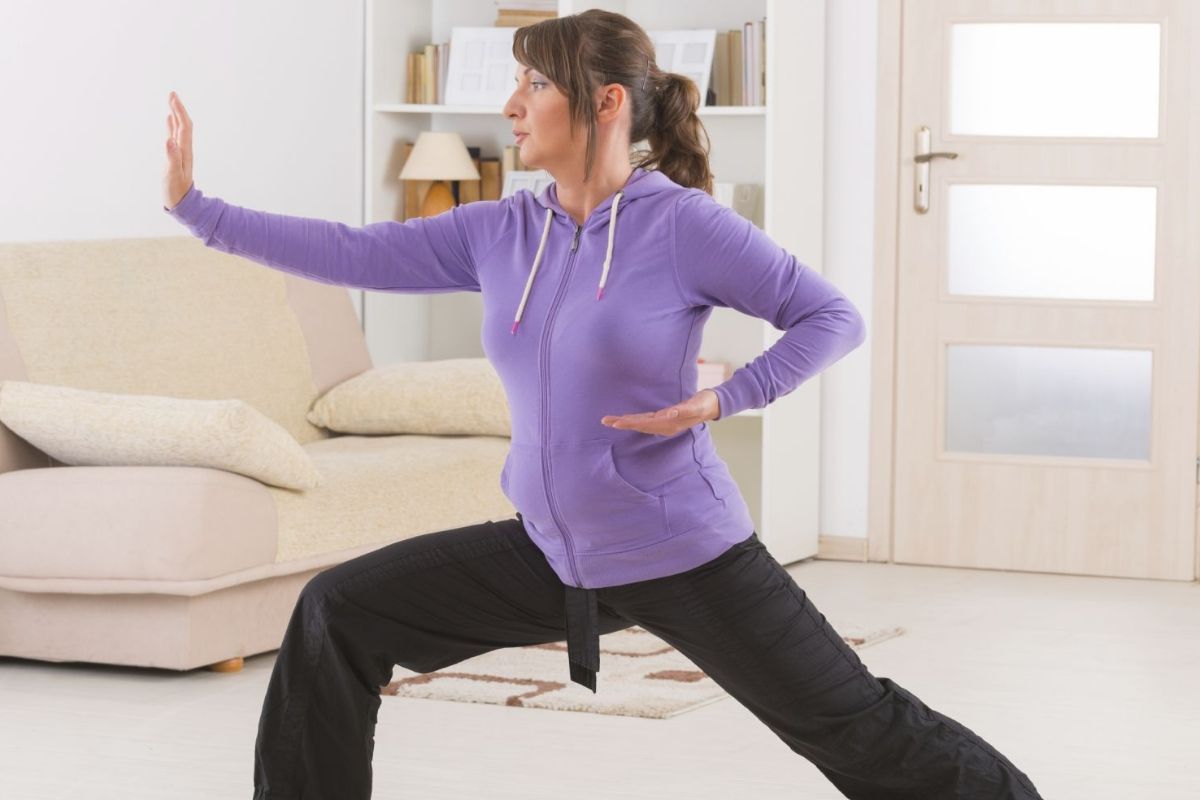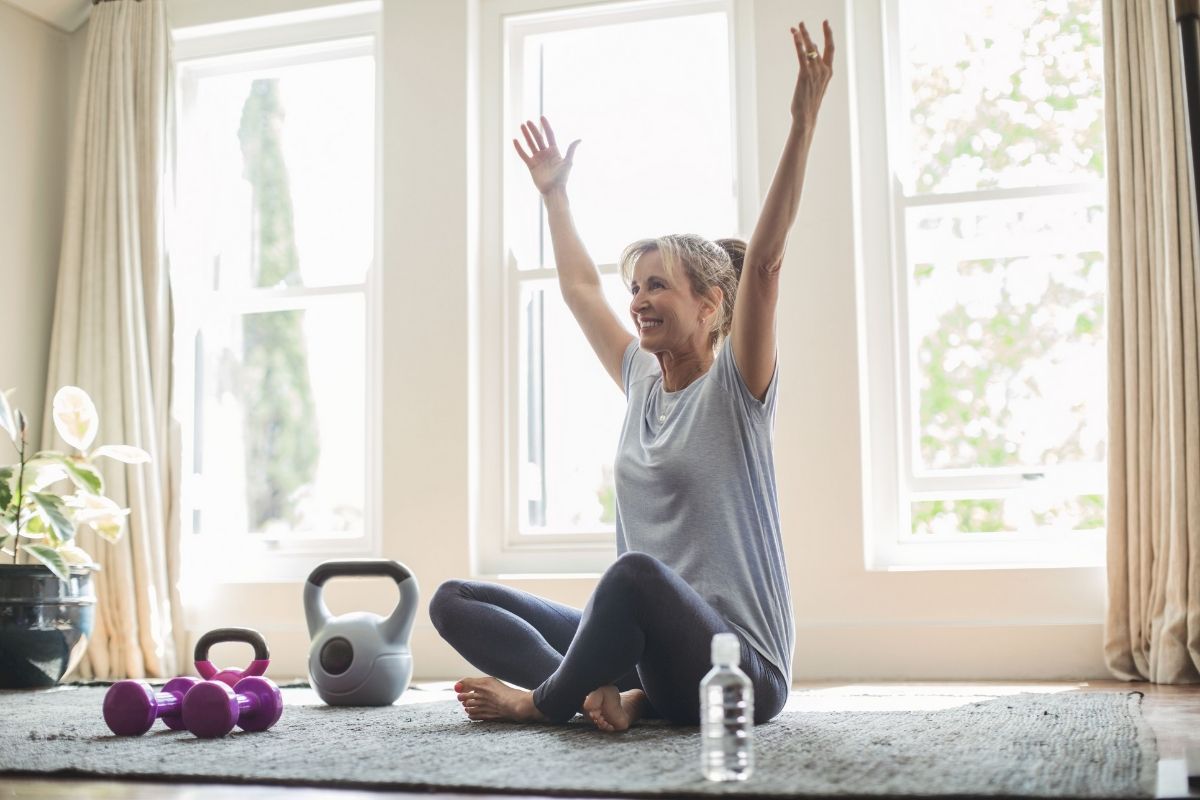Having a good body posture positively impacts health and quality of life. Check out the reasons and learn how you can improve your posture.
A good posture, according to the American Chiropractic Association (ACA), is the correct alignment of different parts of the body. It sounds simple, but maintaining a proper posture depends on several factors. In addition to muscle strength and flexibility, normal mobility in the joints, as well as efficient and balanced postural muscles on both sides of the spine, are essential.
Bad posture: causes and consequences
Back, neck, and/ or lower back pain can be consequences of bad posture. They are signs of a decompensation that causes injuries over time. This is because poor posture causes excessive pressure on bones, muscles, and ligaments. Stress, obesity, pregnancy, and loss of flexibility, all contribute to bad posture. Behaviors such as the use of high-heeled shoes and the adoption of bad postures, whether in the standing position, sitting or lying down, contribute to aggravate the situation.
| Physical exercise: mental tricks to have more discipline
How to improve posture
Becoming aware of the posture you tend to adopt in different everyday situations is the first step to improving it. In this way, and knowing the correct posture to adopt, you can self-correct yourself. Progressively, the new posture will give way to the new.
Habits adopted long ago take longer to correct, so be persistent. It is important to perform exercises that promote postural correction. Which should be adequate for each individual case. For this, it is essential the accompaniment by a qualified professional. Advise with your doctor, physiotherapist and/ or personal trainer.
The importance of postural exercises
The musculature of the center of the body plays an essential role in maintaining a correct posture. Composed of the muscles of the abdomen, buttocks and lower back, it involves the trunk and pelvis, ensuring the connection between the upper and lower parts of the body. If properly strengthened, it contributes to stability, balance, and strength, helping to prevent falls and injuries.
But good posture also depends on the stability and mobility of the different joint complexes of the organism. Such as the foot and ankle, the knee, the shoulders, the chest, and the lumbar and cervical regions.







